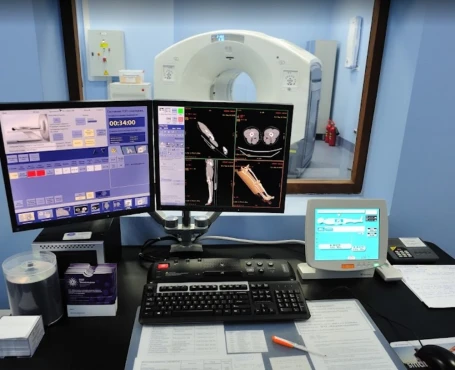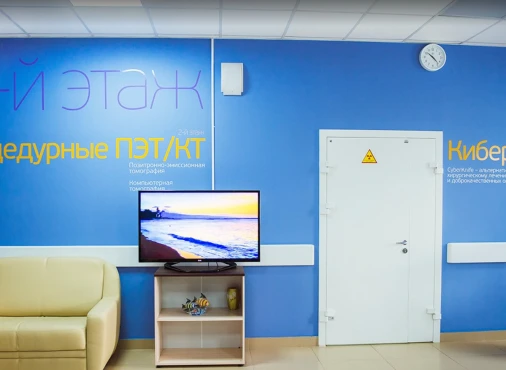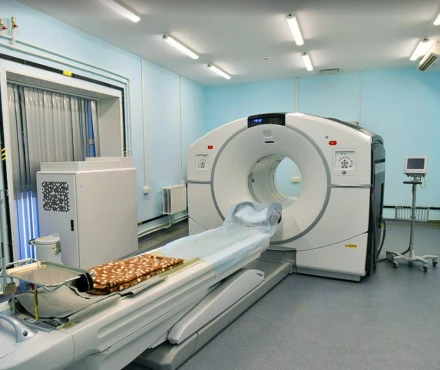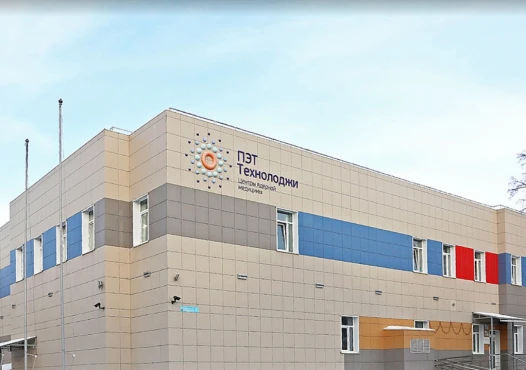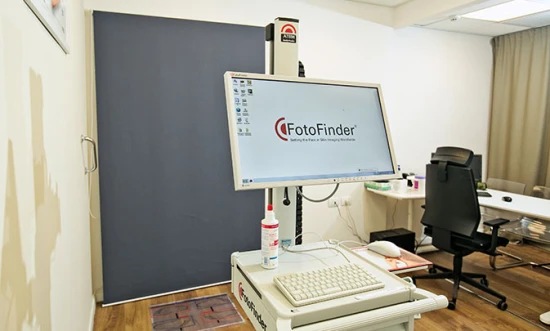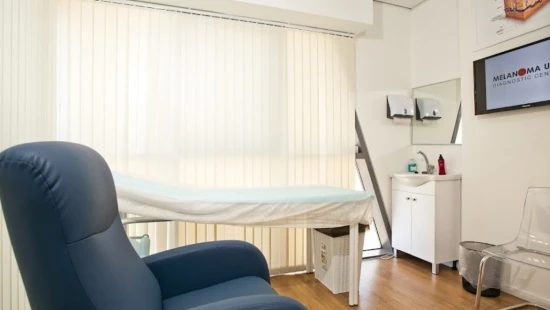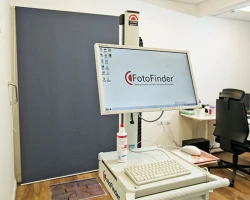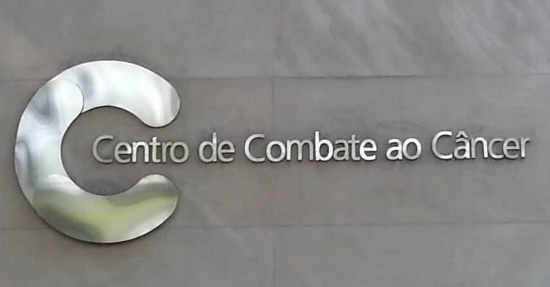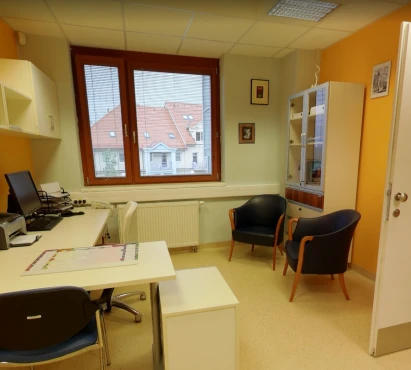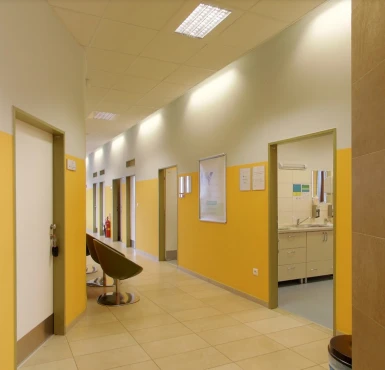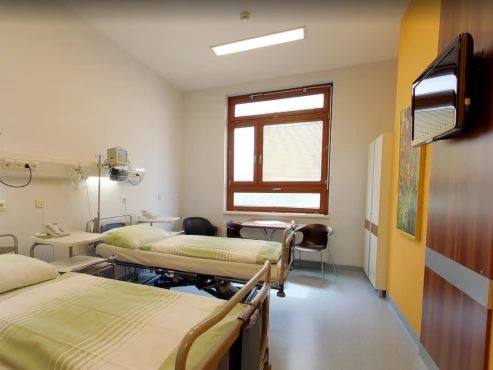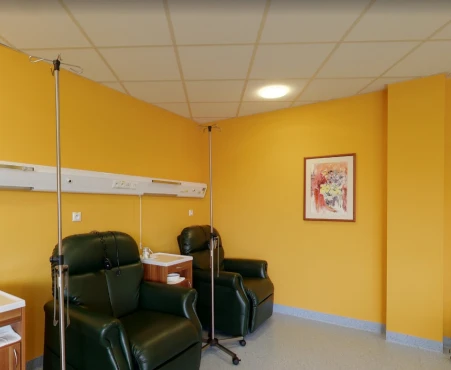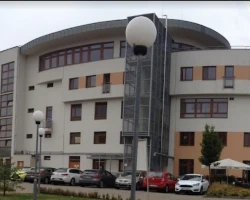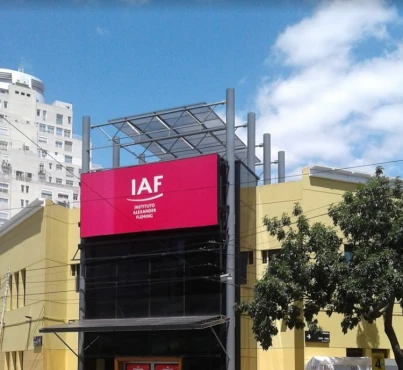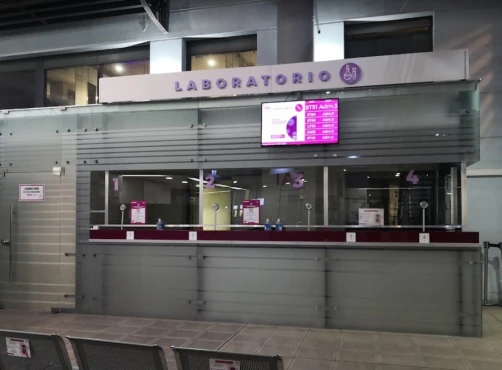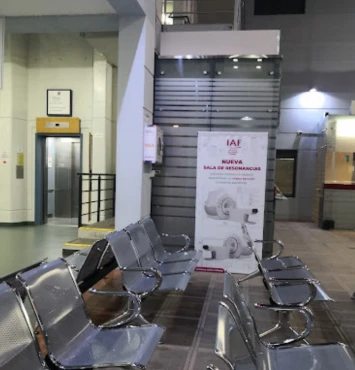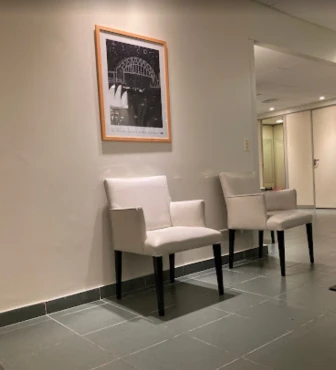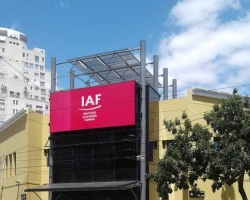Introduction & Classification of Hodgkin Lymphoma
Hodgkin lymphoma (HL) is a type of blood cancer originating from lymphocytes, a type of white blood cell. Despite being relatively rare, HL is one of the most treatable and curable forms of cancer, with an overall survival rate of about 85% at five years.
Hodgkin lymphoma accounts for about 10% of all lymphomas. In the United States, it is estimated that there will be around 8,500 new cases of HL and about 960 deaths in 2024. HL is most commonly diagnosed in two age groups: young adults (ages 15-40) and older adults (over 55). The disease is slightly more common in males than females [Cancer.org].
In children, HL is relatively rare but is still one of the most common cancers in adolescents aged 15-19. The five-year survival rate for children with HL is over 90%, reflecting the high curability of the disease in younger populations [Cancer.net].
Hodgkin lymphoma is classified into two main types: Classical Hodgkin Lymphoma (cHL) and Nodular Lymphocyte-Predominant Hodgkin Lymphoma (NLPHL).
- Classical Hodgkin Lymphoma (cHL):
- Nodular Sclerosis Hodgkin Lymphoma (NSHL) is the most common subtype, accounting for about 70% of all HL cases. It is characterized by large cancer cells (Reed-Sternberg cells) surrounded by scar-like tissue.
- Mixed Cellularity Hodgkin Lymphoma (MCHL) accounts for about 20-25% of cases. It is more common in older adults and people with HIV infection.
- Lymphocyte-rich Hodgkin Lymphoma (LRHL) is a rare subtype with a better prognosis.
- Lymphocyte-depleted Hodgkin Lymphoma (LDHL) is the rarest form, accounting for less than 1% of cases, and is typically seen in older adults and people with HIV infection [Cancer.net].
- Nodular Lymphocyte-Predominant Hodgkin Lymphoma (NLPHL): this subtype accounts for about 5% of all HL cases and is characterized by large, popcorn-shaped cells called LP cells (lymphocyte-predominant cells). NLPHL tends to grow more slowly and has a different treatment approach than cHL [Cancer.gov].
The Ann Arbor staging system is used to classify any type of HL into four clinical stages:
- Stage I - involvement of a single lymph node region or a single extralymphatic organ.
- Stage II - two or more lymph node regions on the same side of the diaphragm.
- Stage III - lymph node regions on both sides of the diaphragm.
- Stage IV - disseminated involvement of one or more extralymphatic organs.
Each stage is further classified into A or B, depending on the presence of B symptoms (fever, night sweats, weight loss) [Cancer.net].
Phases of Treatment
How is HL treatment structured?
Classical Hodgkin Lymphoma (cHL) treatment approach
Patients with limited-stage HL (Stages I and II) are treated with a combination of chemotherapy and radiation therapy.
- ABVD Regimen: Adriamycin (doxorubicin), bleomycin, vinblastine, and dacarbazine, administered over multiple cycles [Cancer.gov].
- Radiation Therapy: involved-site radiation therapy (ISRT) is often used after chemotherapy to target the affected lymph nodes [Cancer.net].
For the early stage of cHL, chemotherapy is used in two cycles of ABVD, a possible PET-CT scan for lesion detection. Another 1-2 cycles of chemotherapy, followed by ISRT with 20-30 Gy units dosage, may be applied if any remaining lesion is detected [ESMO Guideline].
The intermediate- and advanced-stages HL are also treated with chemotherapy as a first-line method. However, there is a more intensive drug regimen like 2+2 cycles of BEACOPP (bleomycin, etoposide, Adriamycin, cyclophosphamide, Oncovin, procarbazine, prednisone) with or without 30 Gy ISRT. In addition, localized radiotherapy to residual lymphoma lesions that are more than 2.5 cm in size might be applied in advanced-stage HL treatment.
Nodular Lymphocyte-Predominant Hodgkin Lymphoma (NLPHL) treatment approach
NLPHL is treated differently from cHL due to its indolent nature.
- Watch-and-Wait Approach: Suitable for patients without symptoms [Cancer.net]. This approach involves regular monitoring without immediate treatment, as NLPHL can progress very slowly.
- ISRT: Used for localized disease [Cancer.net].
- Combination Chemotherapy: Includes regimens like R-CHOP (rituximab, cyclophosphamide, Adriamycin, vincristine, and prednisone) for more advanced diseases [Cancer.net].
However, if the patient with NLPHL wishes to receive more active treatment, intermediate- and advanced stages will be treated identically to cHL with the addition of an anti-CD20 antibody (e.g., R-CHOP).
Relapsed or Refractory HL treatment approach
HL patients whose disease does not respond to initial treatment or who relapse are treated with more aggressive therapies.
- Second and third-line high-dose Chemotherapy and Autologous Stem Cell Transplantation (ASCT) are the standard approaches [Cancer.gov].
- Brentuximab vedotin (Adcetris) is used for patients who have failed ASCT or multiple chemotherapy regimens [Cancer.org]. Brentuximab vedotin is an antibody-drug conjugate that explicitly targets CD30 on the surface of HL cells, delivering a cytotoxic agent directly to the cancer cells.
- Nivolumab (Opdivo) and Pembrolizumab (Keytruda) are immune checkpoint inhibitors used for patients with relapsed or refractory HL [Cancer.org]. These drugs work by blocking the PD-1 pathway, which cancer cells use to evade the immune system, thereby allowing the patient's immune system to recognize and destroy the cancer cells.
Prognosis, Survival Rates and Follow-up
What are the survival rates and factors affecting prognosis?
With modern treatment approaches, 80% to 90% of HL patients achieve long-term remission and may be considered cured.
Patients should undergo a thorough history, physical examination, and regular laboratory tests, including complete blood cell count, erythrocytes sedimentation rate testing, and blood chemistry every three months during the first six months, then every six months until the fourth year before transitioning to annual check-ups.
CT scans and previously abnormal radiographic tests should be done once to confirm remission status; afterward, clinical follow-up is sufficient unless new symptoms arise [Journal of Clinical Oncology, 2014].
Thyroid function (thyroid-stimulating hormone) must be assessed annually if the neck is irradiated. Testosterone and estrogen levels need monitoring in younger patients who underwent intensive chemotherapy treatment.
Patients should report any symptoms indicating potential long-term toxicity affecting the heart or lungs for further evaluation. Regular cancer screening is necessary due to the continued elevated risk of hematological and solid second malignancies post-HL treatment.
Special consideration should be given to breast cancer screening for female patients who received chest or axillary radiation before age 40: they require yearly mammograms starting 8-10 years after RT; those ≤30 at the time of chest irradiation also need a breast MRI alongside mammography [ESMO Guideline].







